CROS-Arctic is an Academy Research Fellow project led by Dr. Ioanna Merkouriadi, aiming to improve the poor representation of snow on sea ice, by developing and validating advanced snow and sea ice models with recent Arctic observations.
Snow is a crucial component of the Arctic sea ice system, due to its unique insulating and reflective properties. Snow moderates heat loss from the ocean to the atmosphere, resulting in a deceleration of sea ice growth in winter. It also reflects up to 90% of the solar radiation back to space, keeping the Earth cool, and delaying the sea ice melt in spring and summer. Due to the remoteness of the Arctic Ocean, we rely upon mathematical models and satellite data for characterizing the Arctic climate system. Currently, snow is inadequately described in sea ice and climate models, adding to the uncertainties of climate change projections.
The knowledge gained during CROS-Arctic will guide the parameterizations of snow processes in a wide range of climate modeling applications. Improved parameterizations will reduce the uncertainty of future projections of the Arctic sea ice cover and will improve the forecast skill of coupled ocean-ice-atmosphere models in seasonal timescales. Finally, the modeled snow-on-sea-ice properties will be utilized to enhance snow and sea ice thickness retrievals from remote sensing applications, which will improve data-assimilation at modeling centers.
CROS-Arctic kicked off last autumn, and it began with a 3-month research visit to Colorado State University, USA. During the visit, Ioanna Merkouriadi worked together with Dr. Glen Liston, on the development of a coupled sea ice and snow modeling system. This is an important milestone for CROS-Arctic, paving the way for investigating numerous research questions related to the project’s objectives. The next step is to conduct high-resolution sensitivity simulations with the modeling system, in order to understand which snow processes are dominant, and how to efficiently represent (parameterize) them on larger scales. The ultimate goal of CROS-Artic is to step towards a seamless interplay of models and remote sensing retrievals of sea ice and snow parameters.
Ioanna Merkouriadi recently became a docent in Cryology. She will be leading CROS-Arctic until 2027, and she will be participating in several projects that require snow modeling applications within her group and beyond.
More information
Dr. Ioanna Merkouriadi, Finnish Meteorological Institute, Ioanna.Merkouriadi@fmi.fi

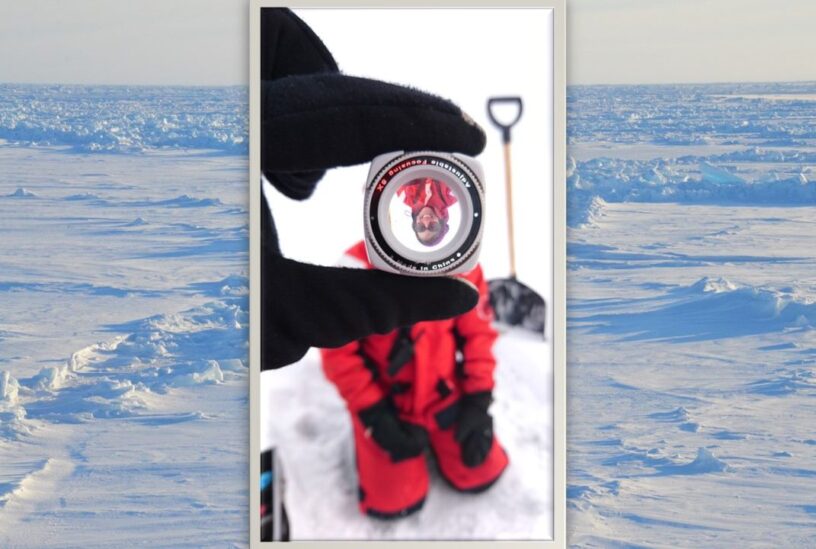

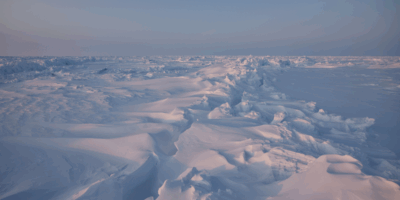
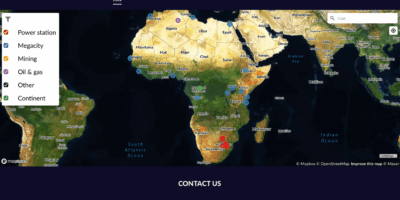

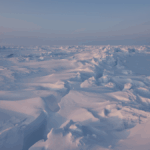
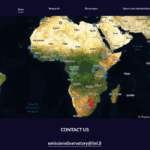
Leave a Reply
You must be logged in to post a comment.